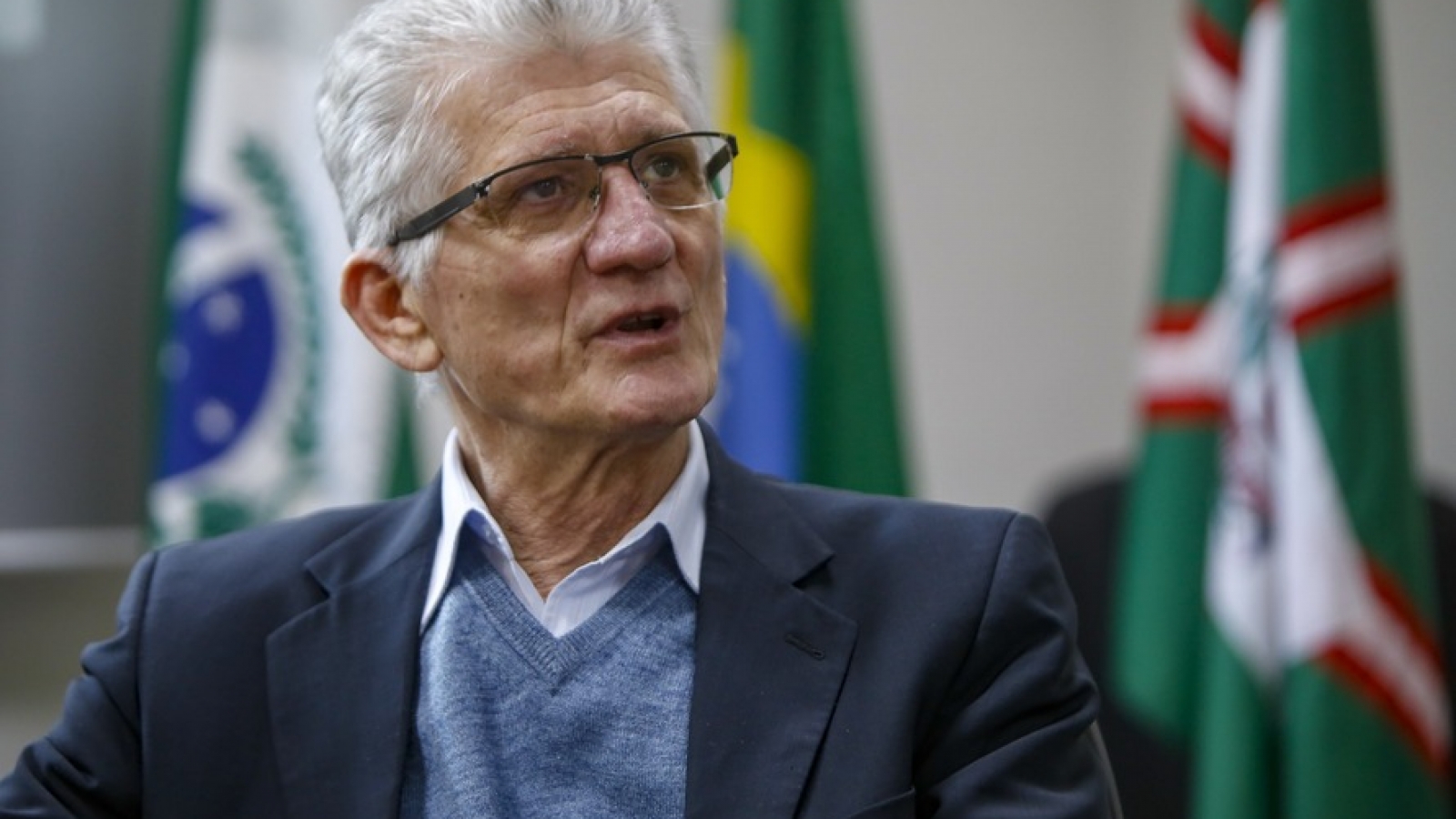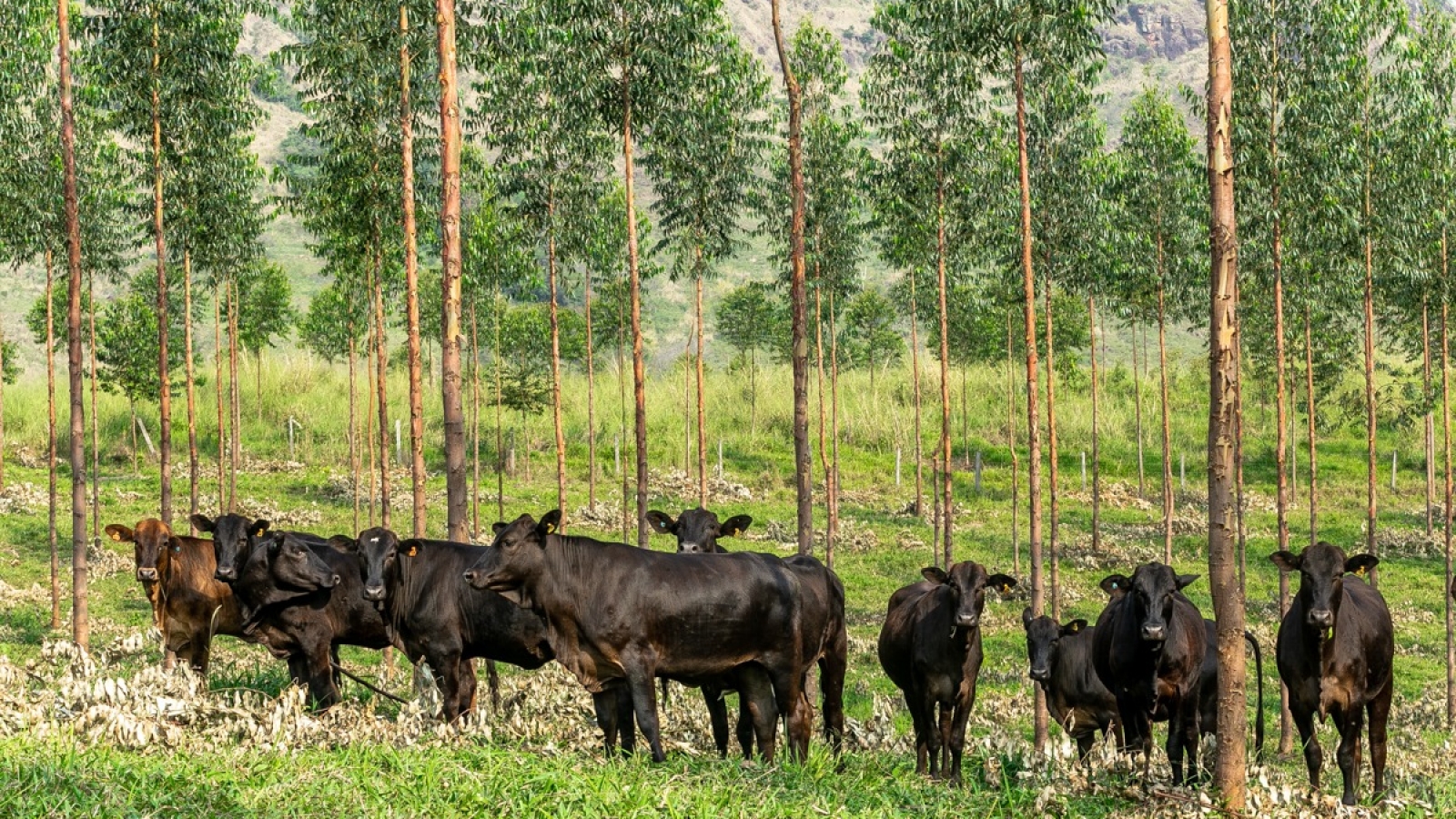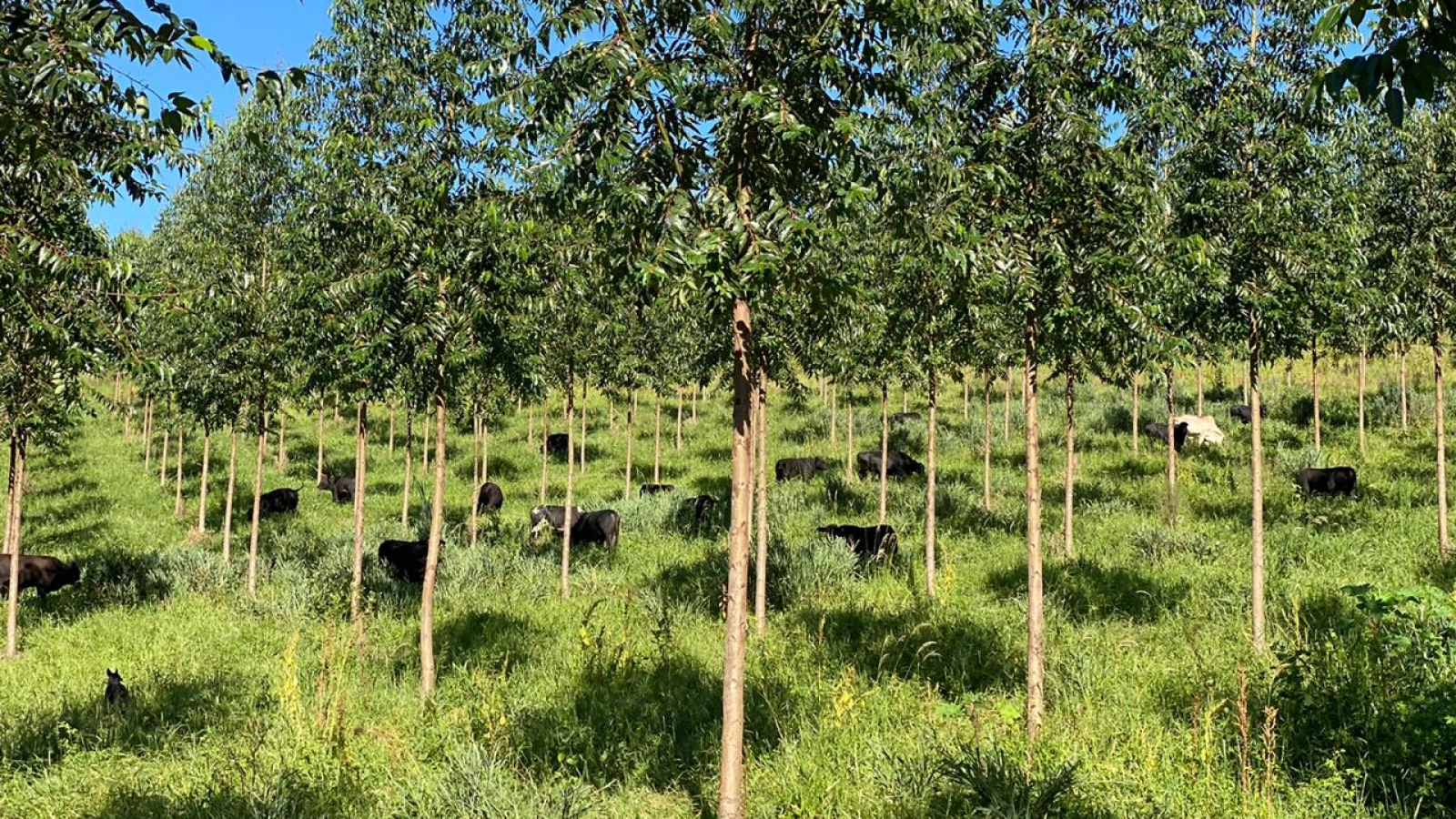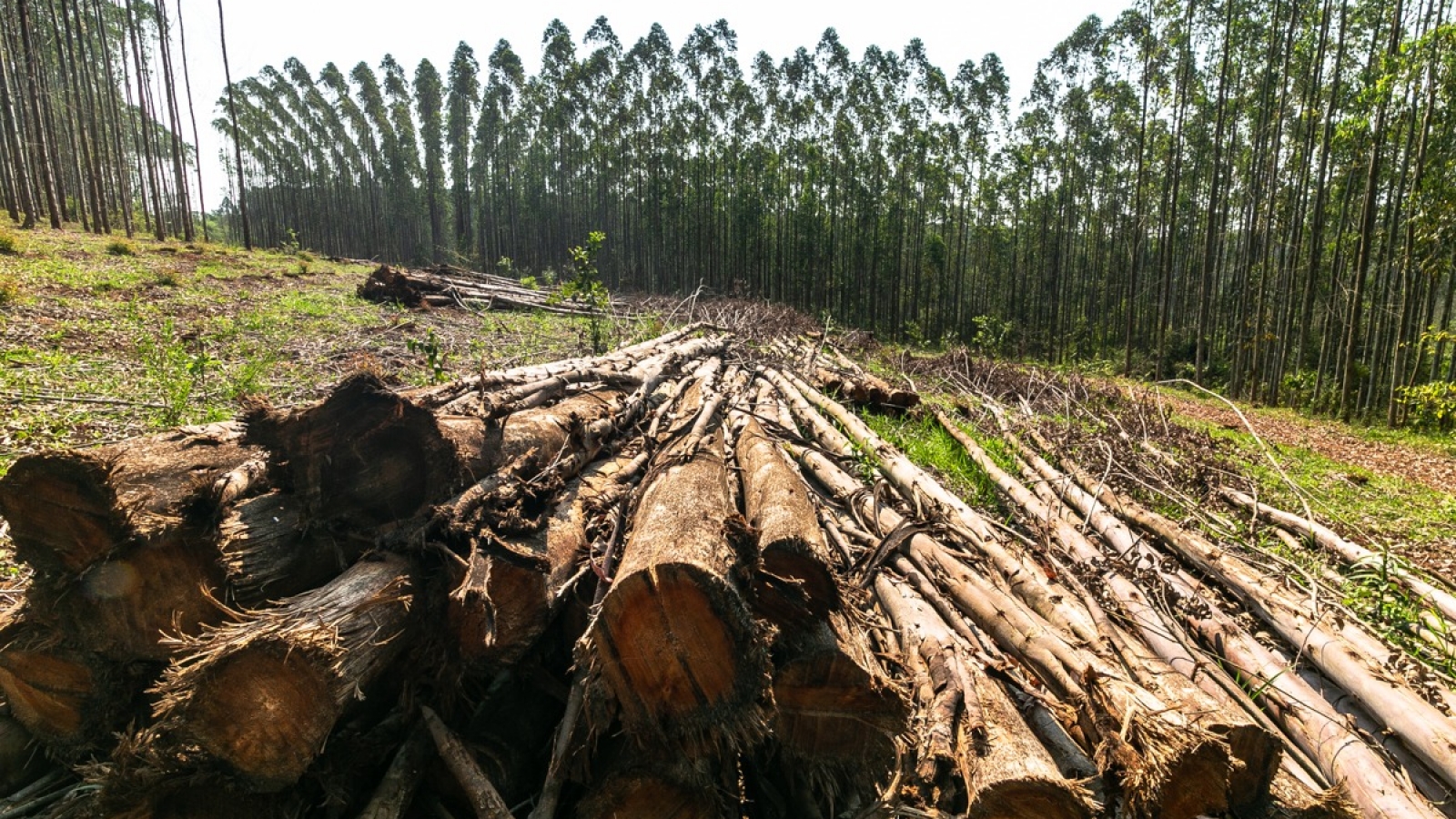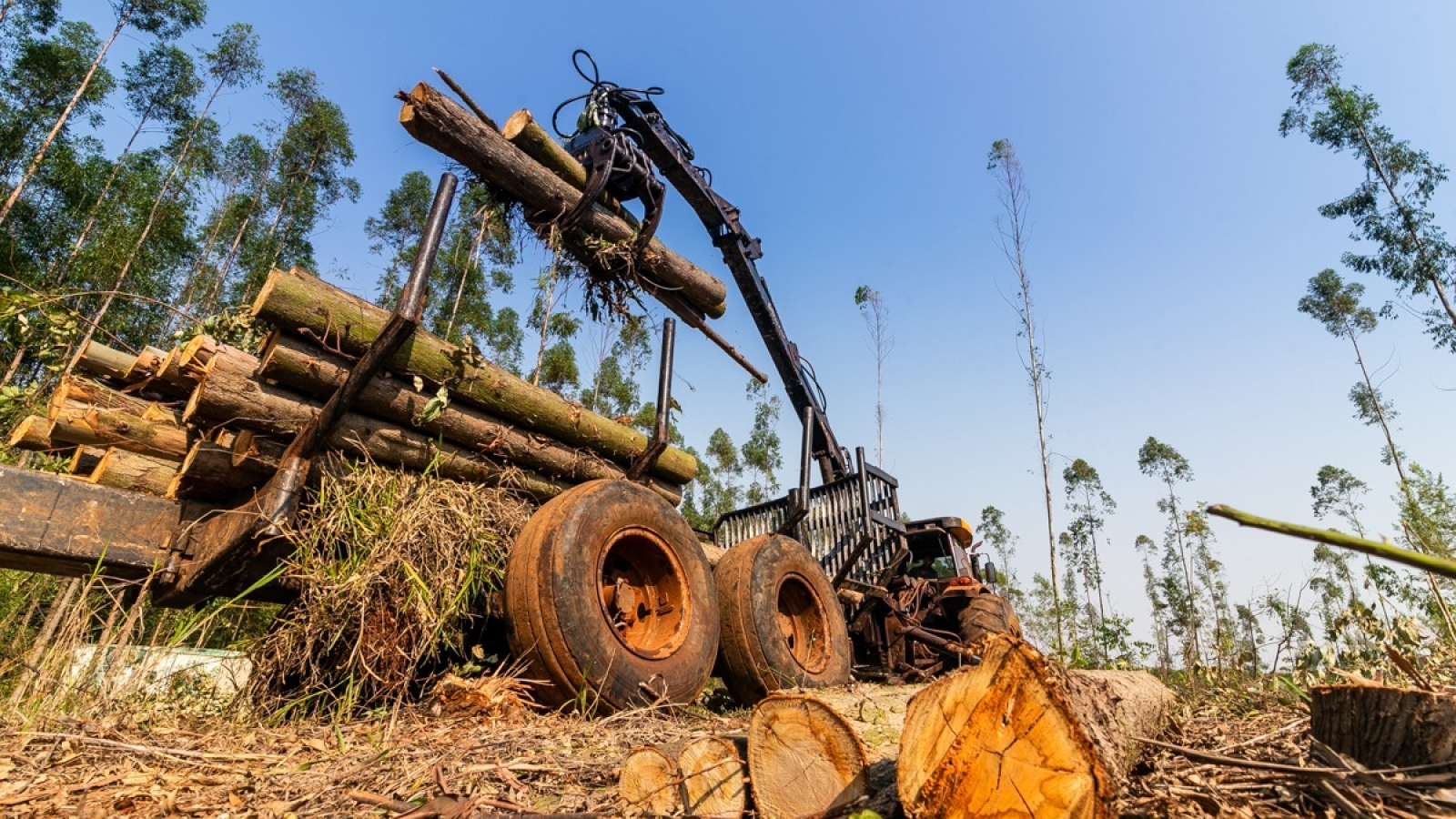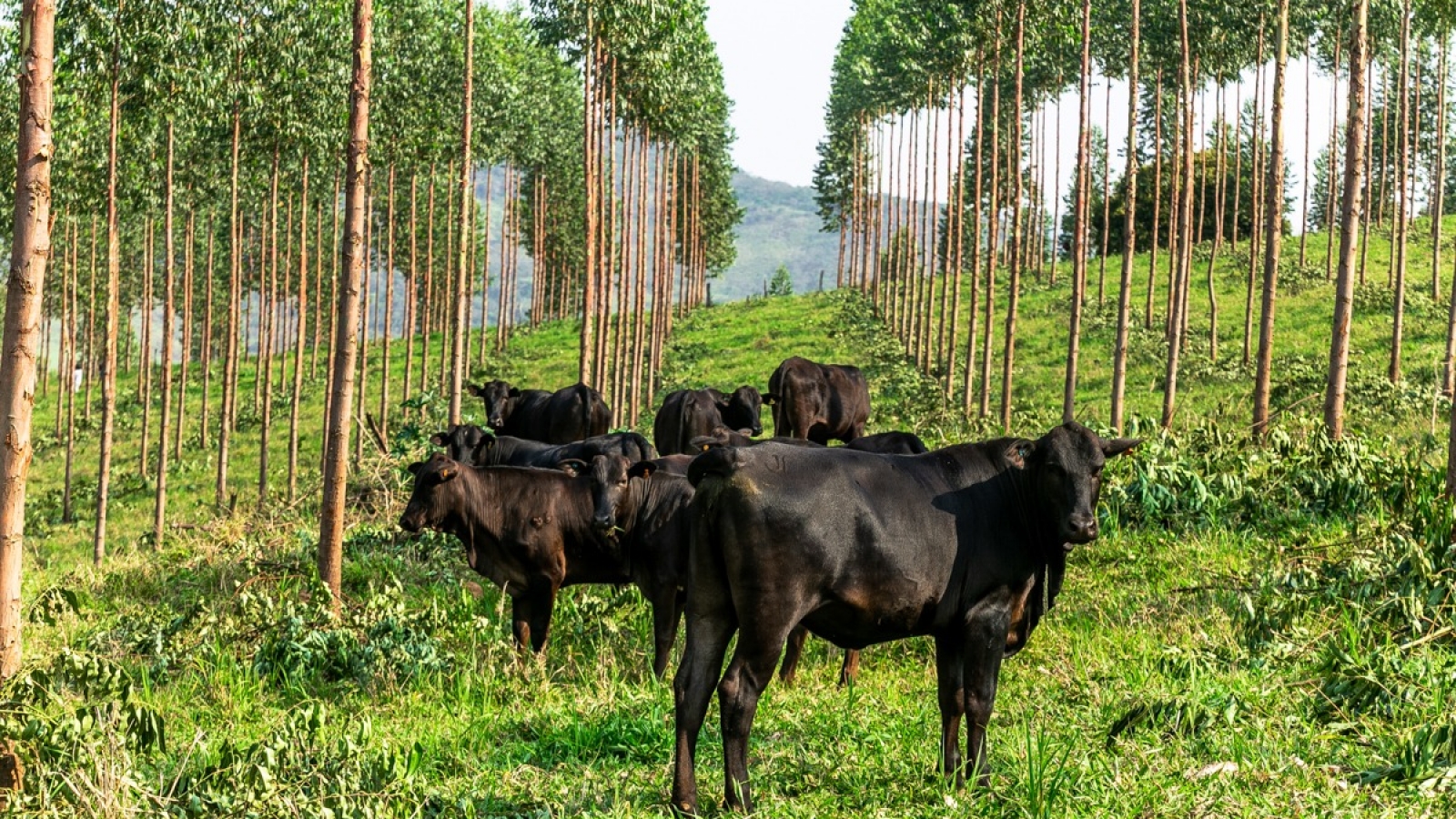Working with low-carbon emission farming is our commitment, Ortigara declares
Paraná is one of the leaders in timber production in Brazil, with over 817 thousand hectares planted, only behind the states of Minas Gerais and São Paulo. Additionally, it has the best structure in the timber production chain, with a thorough industrial pole that absorbs practically the entire production and demands for more. It also excels in the production of grains, always featuring among the three top states in production. Furthermore, it is the main national producer of animal protein, producing 1.5 million tons of meat in Q1 2021, almost a quarter of the 6.5 million tons produced in the first quarter throughout the country. However, the Integrated Crop-Livestock-Forestry system (ICLF), which brings benefits and excellent results for all the sectors involved, is still under exploited in the state.
The State Secretariat of Agriculture and Livestock (Secretaria de Estado de Agricultura e Abastecimento – SEAB) has been making investments to change this reality. According to the State Agriculture Secretary Norberto Ortigara, the State Agricultural System (Sistema Estadual de Agricultura – Seagri) – which includes the Rural Development Institute of Paraná (Instituto de Desenvolvimento Rural do Paraná Iapar-Emater – IDR-Paraná), the Paraná Agricultural Defense Agency (Agência de Defesa Agropecuária do Paraná – Adapar) and Paraná Supply Centers (Centrais de Abastecimento do Paraná – Ceasa) – is working to advertise and expand the system, as provided in the ABC Plan, to increase the areas in ICLF to reduce the carbon emission. “Seagri has a state coordination in charge of the Plan, which is connected to IDR-Paraná. This work includes also the integration with private initiative and representative entities, such as the Ocepar System, Paraná State Agriculture Federation (Federação da Agricultura do Estado do Paraná – Faep) and the Federation of Family Farming Rural Workers in the State of Paraná (Federação dos Trabalhadores Rurais Agricultores Familiares do Estado do Paraná – Fetaep), to value the dialog and joint actions. Working with low emission agriculture is one of our commitments, a constant concern, not only within the scope of the Plan, but in actions that encourage the conservation of soil and no-tillage planting system, for example”, he explains.
According to Ortigara, ICLF improve soil conditions and has become a great economic strategy, with good results. However, there is still a long path ahead for it to become a popular alternative also for small producers, “for matters of organization or cost control, regardless of training and guidance from technicians”. “Seagri has been working towards that through the promotion of Field Days, events, courses, demonstrative units and other actions that seek to to present more knowledge about the integration, and I think we are advancing in this. We have had good experiences in the Northeast and West of the State, with the maze consortium with Brachiaria, a technique used by the expansionists, which has collaborated for the productivity and sustainability. It is necessary to clarify even further the results accomplished with these initiatives.”
Regarding specifically the forestry sector, the secretary says that it also has a lot of support from Seagri. “We have approximately 120 technicians from IDR-Paraná dedicated to support the sector, in addition to training to integrate it into agriculture. Paraná has the most thorough chain of forestry products, used in energy, mills, lamination, paper and pulp, with responsible planting. According to him, SEAB works on several fronts to support the forestry sector in Paraná. One of them is the incentive of the industrial development, including the reduction of taxes, support to infrastructure and logistic strategy. Another initiative is the motivation to plant, whether for the production of timber or pulp, to close the gap between farmers and the industrial demand, as performed in the regions of Ortigueira and Telêmaco Borba. “Additionally, in a partnership with the Water and Earth Institute (Instituto Água e Terra – IAT), an entity connected to the Secretariat of Sustainable Development and Tourism (Secretaria do Desenvolvimento Sustentável e do Turismo – Sedest), we provide guidance to the producers regarding environmental licenses. This set of initiatives is in sync with our objective of having more and more space for agriculture and forestry production to become an integrated activity. We don’t want producers to be only reforesters, our aim is for the forest to be part of the productive system”, he states.
According to Ortigara, among the public policies aimed at the sector there are research, rural extension, and technical assistance to promote the development of different crops, such as rubber trees, palm trees, bracatinga, and Yerba maté. IDR-Paraná has a specific program for Forestry Crops (check it out here). The research developed by the Institute demonstrate how Integrated Crop-Livestock (ICL) and ICLF systems can be adopted in soils from Arenito Caiuá, for instance. “Other actions involving partnerships with municipal governments and cities with vocation for the sector, as well as encouraging associativism and cooperativism in cases where the producers cannot act directly with the industries”, he explains. Furthermore, the resources from the Coopera Paraná program also collaborate to foster this activity, he says. “As an example, one of the projects developed with the support of the program last year allowed a cooperative of Yerba maté producers to expand the export of their product, with higher added value, in an organized manner, and with a diversified production”, he points out.He also mentions one of the financing lines from the Farmer Bank (Banco do Agricultor) program, which provides benefits in interest equalization for producers in the forestry sector. “These resources came to ease and reduce the cost of the daily lives of rural producers, mainly for the small ones who wish to grow. The agribusiness sin Paraná employs thousands of families and has space to grow with sustainability and responsibility”, he concludes.

